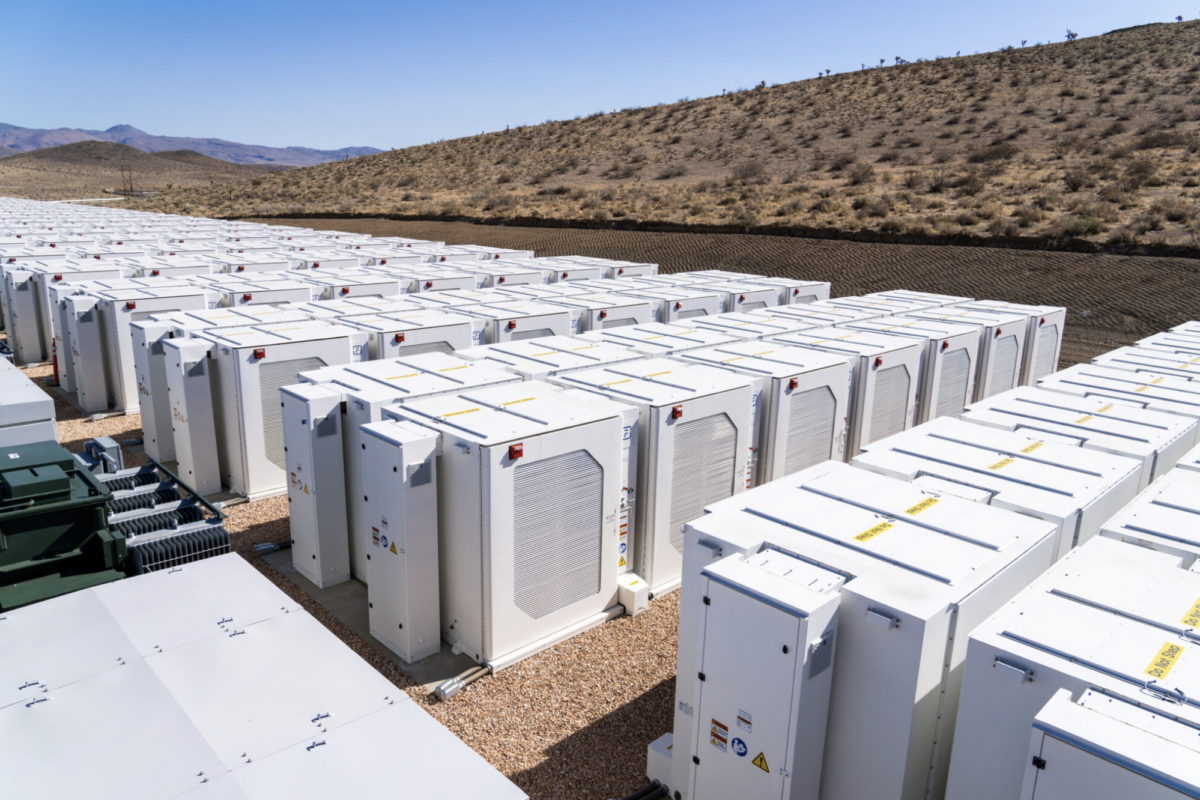On day one of Energy Storage Europe, which runs until March 15 in Düsseldorf, Germany, a vivid panel discussion involving energy industry luminaries from Engie, the International Renewable Energy Agency (IRENA), the U.S. Department of Energy and the National Renewable Energy Laboratory (NREL) tackled the question: Energy storage or grid extension?
The question was intentionally blunt and obtuse, and found uniform disagreement among the panelists.
“It is the wrong question to be asking,” said Martin Keller of NREL. “The right question should be: what combination of energy infrastructure, together with flexibility options, is better?”
Michael Taylor of IRENA said that storage will instead begin “nibbling at the edges of the grid”, particularly in regions where grid capacity expansion is difficult or prohibitively expensive.
Thierry Lepercq, executive VP at French utility, Engie, pressed home the point that the very nature of storage means more flexibility, and goes beyond mere batteries supporting the grid during times of peak demand.
“It is my belief that a power and gas approach can offer a range of tools better equipped to solve the issue of storage and grid integration,” Lepercq said. “We do know that the performance of storage is going to improve, and with that costs will come down, deployment grows, research grows – it’s a virtuous circle.”
Lepercq told the audience that Engie is intent on tackling the ‘diffused’ nature of energy consumption, and believes that the firm is close to solving one of the major stumbling blocks for stored energy – costs.
“In Chile we can use hydrogen to store solar energy produced at $11 MWh,” he said. “Chile has vast amounts of land, space and sun. I believe we can produce 3,000 terrawatt hours of production over 18,000 square kilometers – this is just a small part of the Atacama desert, but could produce enough to cover Europe.”
There was some disagreement on the panel over such plans, with Andreas Hauer of ZAE Bayern questioning whether it would still be cost-effective to ship stored solar energy from Chile to Europe, regardless of production costs at source. “Even in Düsseldorf, which is not renowned for its sun, solar power’s price per kWh is viable.”
The issue of grid service provision and the interaction between flexible storage solutions and the network was also discussed at length, with the consensus being that it is regulatory barriers and unsophisticated business models that are the main hurdles limiting storage scale-up. “Investing in good business models is more attractive than investing in technology,” Lepercq added.
This content is protected by copyright and may not be reused. If you want to cooperate with us and would like to reuse some of our content, please contact: editors@pv-magazine.com.



Great post